“Psychological safety” is one of the buzzwords of the pandemic as it’s a fundamental characteristic of a happy, productive workforce. It’s also vital in building strong team relationships in a hybrid, remote working world.
But how do you actually, practically, cultivate this atmosphere of safety in a team?
We spoke to three experts – Nick Villani, founder of training company Coteam, Hannah Pearsall, head of wellbeing at Hays and Daisy Reeves, global inclusion and diversity client relationship partner at law firm Bryan Cave Leighton Paisner – for their tips for line managers on creating an atmosphere of psychological safety. (For more of their thoughts on why psychological safety is so important, see this article here).
1. Ask yourself: do I know, for sure, how psychologically safe my team feels?
Don’t make assumptions about how psychologically safe your colleagues feel. Ask them. Good questions, as a bare minimum to ask your team are (courtesy of Reeves):
- If someone makes a mistake, will it be held against them?
- Is it safe to take a risk in this team?
- Can team members bring up problems and ask for help and receive it?
- Do people in this team sometimes reject others for being “different” or deliberately act in a way that undermines efforts?
Alternatively, you could hire an external company to conduct a psychological safety audit. Companies like Coteam carry out psychological safety audits, which you can benchmark against your industry and get an idea of where you stand. This, again, can be useful to do if you have any sense that any team member may not currently feel safe speaking up and might be more likely to do so via an external third party.
2. Use the results of your audit/survey as a springboard for open discussion
Don’t shy away from negative feedback, embrace it – it will help you know where you need to focus and show your team that you are serious about taking responsibility for making the environment safer.
3. If a team member comes to you for help with a problem, don’t just ‘fix it’ for them
“If you do this every time, they’re not going to feel very motivated, or very safe to try new things out. Instead, build their confidence by giving them space to solve problems for themselves with support, which will build trust, essential for psychological safety,” says Villani.
4. Celebrate failure
When something doesn’t work out, try to encourage the team to take a learning from the experience and see that learning as a positive. “Team retrospectives can work really well for this. I’ve also seen clients highlight the learnings from projects that didn’t work out in newsletters, for example,” says Villani.
5. Run regular retrospectives with your team
There are many frameworks which you can use for team retrospectives. For example Villani suggests the following structure: talk about what the team needs to start doing, what the team should stop doing and what the team should continue doing. This means that learning from mistakes is seamlessly integrated into your team’s modus operandi.
6. Create a no blame, no shame culture
When a mistake is made – look for the learning in the incident, rather than the person who made the mistake.
7. Lead by example
Don’t be afraid to admit when you make mistakes and talk about them openly to your team. People will connect with you far more deeply if they see you, too, are human and struggle at times. “Create a ‘learn fast’ (rather than ‘fail fast’) culture,” says Villani.
8. Check in regularly with your team
Ask them how they are – really are. Don’t be fobbed off with endless ‘fines’. Dig a bit deeper. One way you can do this is after asking ‘how are you?’ you can ask ‘and how’s your mental health today?’.
Show them it’s OK to admit you’re not at your best. Pearsall, for example, will let her colleagues know when she’s had a terrible night’s sleep as she knows this affects her mental health adversely the next day.
9. Beware of undermining your team
This is a sure fire way of destroying your team’s trust in you, which is the cornerstone of psychological safety. Particularly damaging are gas lighting (subtle workplace bullying which makes someone question their own memory, perception or judgement), taking credit for other’s work and scapegoating. Also, there are less obvious ways you can unwittingly undermine a colleague like, for example, talking over them or interrupting.
10. Listen up!
We are in the era of the empathetic leader, which means the most important thing managers can do is listen without judgement.
Brush up on your active listening skills. This is when you reflect back what someone has just said to you to check you understand fully and ask questions to ensure you are interpreting them accurately and not making any assumptions. Ask questions and be curious and open to where the conversation goes.
Villani also suggests it’s a good idea to also ‘actively observe’ when someone is talking. “What’s not being said? Body language accounts for a large part of the way we communicate too,” he says.
11. Brush up on your “compassionate conversation” skills too
Building on active listening, this means listening and responding in a non-judgemental, supportive way which makes a team member feel it’s a safe space to share how they feel. It means empathising with whatever they are struggling with. Body language can also convey this openness to what they are saying by, for instance, nodding in understanding while they talk. (Beware of going too quickly into ‘fix’ mode; it may be the individual just needs to express themselves rather than looking for a solution).
12. Don’t check emails or your phone during a meeting with your team – and pick members up when they do this too
Being distracted gives the impression you are not truly or actively listening to what is being said and could even be interpreted as a “microagression”. Being truly present is the opposite.
13. Avoid micromanaging your team
This can give them the signal that you don’t trust them fully, and trust is essential for psychological safety. A better way is to involve them in decision making whose opinion you value, which builds trust.
14. Call out unacceptable behaviour such as sexist or racist comments
Similarly, pick up when any team member is interrupted and ensure they are heard. Don’t shy away from difficult topics as they have a habit of festering and turning toxic. Nip negativity in the bud.
As Pearsall says, part of creating this psychologically safe atmosphere will mean a bit of discomfort along the way.
15. Give your team a range of options to give you feedback
Not everyone is comfortable speaking out in a meeting, for example, so let them know they are able to share their thoughts via email or other channels like Slack, too. Similarly, make it clear to your team that you have an open door policy and they can talk to you about anything troubling them.
When you are giving your team members feedback try, when possible, to use positive language and recognise and pick up on their achievements.
16. Ensure your team knows what ‘good’ looks like
Some colleagues will not be aware of what psychological safety is, why it is important and how you cultivate it in a team. In order to ensure that all line managers understood these things and the huge impact of their actions on colleagues (for the better and worse) Hays has rolled out a new workshop. It’s called ‘Managing Well’ and it intends to raise the level of psychological safety across the company and respond to this new era where line managers have more responsibility for their team’s wellbeing.
“We created this so we could really help managers understand how to develop their skills to be effective in a hybrid world, recognising the impact of their behaviour on others’ wellbeing in a hybrid world,” says Pearsall.
About the author
 Suzy Bashford is a freelance journalist, podcaster and workshop facilitator.
Suzy Bashford is a freelance journalist, podcaster and workshop facilitator.
She is passionate about destigmatising mental health by creating a more honest, helpful narrative around it, and related topics like emotional intelligence, stress management and empathy. She also believes in the power of creativity and nature to improve our wellbeing, which she covers regularly in articles for the likes of Psychologies magazine and her own podcast, Big Juicy Creative.
When she’s not writing or podcasting, you’ll probably find her dipping in a cold loch, hiking with her dog or biking the mountain trails in the awesome Cairngorms National Park, where she lives.
You might also like:
Do your line managers know how to cultivate psychological safety?
A Practical Focus On Leaders, The Organisation, Psychological Safety and Performance












